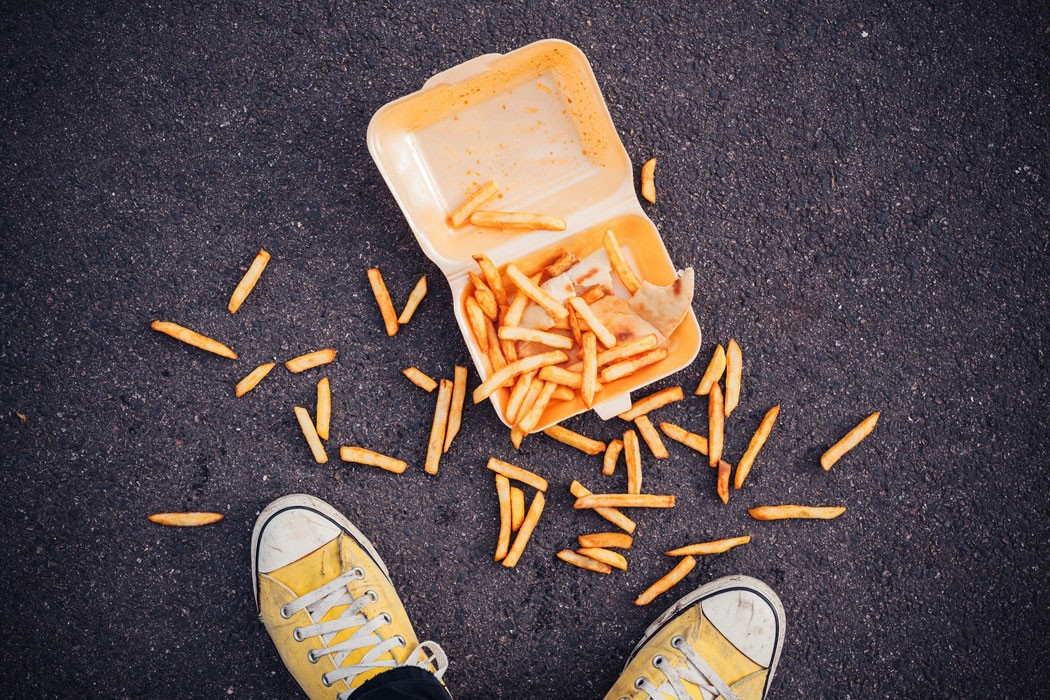Let’s have a food fight! No, it’s not what you think. Instead of throwing food around, let’s fight against food waste. The thought of food ending up in the bin isn’t only sad because so many people would kill for the bruised fruit or leftover sandwiches we throw away, but it’s also negative for the environment. Here is how you can start decreasing your food footprint.
What Does Food Waste Do to the Planet?
Although you might think nothing of the food going into the bin, it ends up in landfills where it creates methane. This is a greenhouse gas that is highly potent, capable of trapping heat 20 times more than carbon dioxide, which isn’t good news for global warming. Shockingly, food waste makes up 25 percent of methane that originates from landfills and contributes to 135 million tons of greenhouse gases every year.
Food waste also trashes resources used to make the food in the first place. For instance, up to 25 percent of all freshwater is used to make food that ends up going to waste.
How to Prevent Food Waste in Your Home
- Don’t be put off by bruised produce. If you forgot about those apples in your fruit basket and they’re looking a little worse for wear, cut them up and pop them into your morning smoothie rather than letting them get thrown away. They’ll still taste good! A company called Imperfect in California is proof of that. They have come up with a really cool idea to banish food waste: collecting produce that is still tasty and edible in spite of being rejected for cosmetic reasons, such as being a little too small or big, or perhaps misshapen. These goods can be bought from the company which then delivers them to consumers in the region.
- Follow the FIFO Rule. FIFO stands for ‘First in, First out’ and it refers to the following strategy: when you unpack the goods you’ve bought at the market or store, make sure you put items that have been in the fridge for a while closer to the door and pop new stuff at the back. This reminds you of what must get eaten before it spoils.
- Check what you throw away every week and see if there are any patterns that come up. If you never seem to finish that carton of milk or you only make it halfway into your bread loaf, perhaps it’s best to freeze what you can before their expiry dates or purchase smaller quantities.
- Have a night every week where instead of making food from new items you’ve bought, you whip something up with leftover items from your cupboards or fridge. This is a great way to get creative in the kitchen, too.
- Remember that parts of food that can’t be used in your meals, such as veggie peels, can be used in other creative ways. For instance, citrus peels can be placed in the dishwasher to clean away spots on your glasses and silver cutlery; potato peels, on the other hand, can actually still be eaten – when roasted they make a delicious treat.
Image credit: LoloStock / Dollar Photo Club











